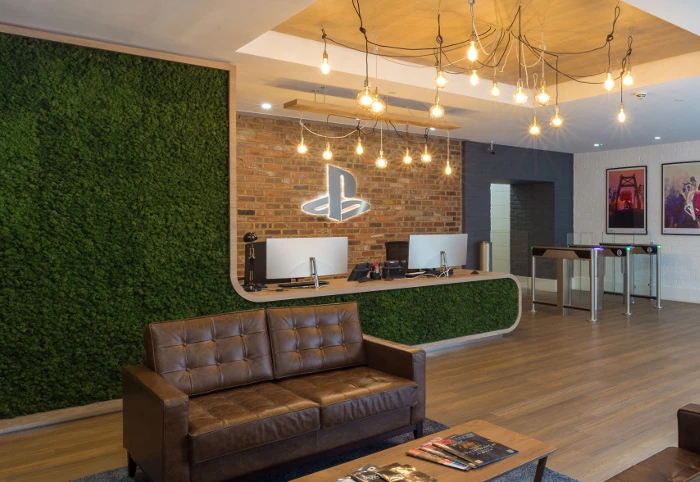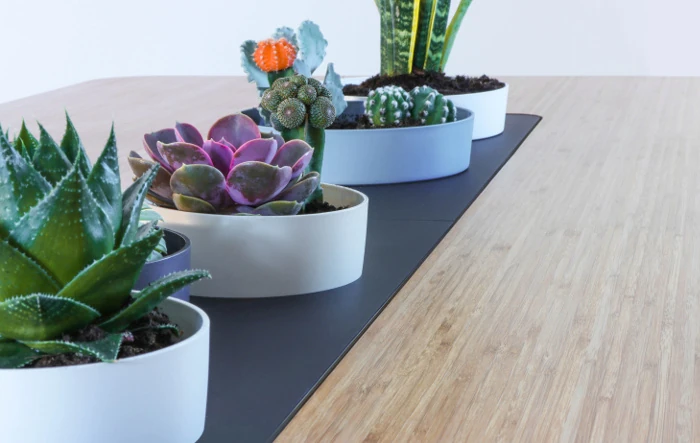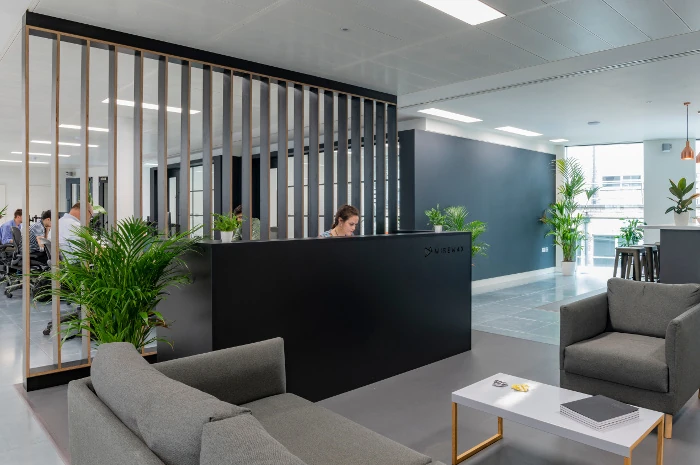How Green is My Office?
22/07/19< Back to news index

Anyone who spends time outdoors knows the feeling of well-being we get from being near nature. There is a reason why people who can afford it buy a place in the country and why many of us like to have plants around, whether indoors or in a garden. It is called biophilia and is all about our instinctive and positive relationship with nature and open spaces.
Biophilia was first popularised by the researcher and biologist Edward O Wilson in the 1980s. Now it is becoming the basis of modern office design and major employers such as Amazon, Google and Apple are investing in it.
A lot of research has been done in relation to this. Findings show that we spend most of our time indoors, though this varies between individuals and also regionally. Many office workers spend up to 90% of our time indoors and typically only a quarter of us get as much as an hour outside during our working day. When Human Space asked office workers about their present work environment, 47% said they had no natural light and 58% worked in offices with no plants at all. Such working environments can lead to increased stress, and a corresponding decrease in well-being, creativity and productivity.

This study also found that a third of shortlisted candidates factor in office design when deciding whether to accept a job offer. It is the best applicants who get to choose, so biophilic design can help you get the best staff. Further research has shown that workers whose offices have internal green spaces feel more happy, more inspired and significantly less anxious, stressed or bored than those who have no access to natural features.
Plants in the office create a feeling of well-being, as reported by 40% of workers in the Journal of Applied Psychology Study of 2014. A more recent study in the UK shows a 15% rise in productivity over a 3-month period from people working in an environment with natural greenery. Reasons for this can be physical as well as psychological. With careful placing, plants can help improve air quality, add shade where needed and reduce noise. The less stress we feel, the more productive we become.

With these obvious benefits of biophilic design, it's worth doing an analysis of your own workplace. Depending on factors such as space and resources available, there are many ways to improve the situation. Just adding plants in pots or hanging baskets can help but it's quite easy to create a realistic, natural, environment indoors. Indoor gardens with random, natural-style planting, moss walls, and more complicated features can be incorporated without excessive expense. If you haven't sufficient space for many living plants, the design can be augmented with things like interesting plant containers, nature-related art, and use of lighting, sound and even smell.
Some helpful illustrations are found at https://blog.interface.com/nature-by-design-the-practice-of-biophilic-design and writer Dr Stephen Kellert is one of the experts working in this area. Another popular expert is Dr Oliver Heath, a biophilic design consultant who sees his job as creating a good habitat for people, with human-centred workspaces providing a flexible series of spaces conducive to collaboration and better quality work. Increasing the presence of greenery and other nature-related features is a major part of this.
We've come a long way since the days when the lone office plant died because everyone thought it was someone else's job to water it. Now it seems that biophilia is here to stay and will continue to develop and improve the quality of our working lives.